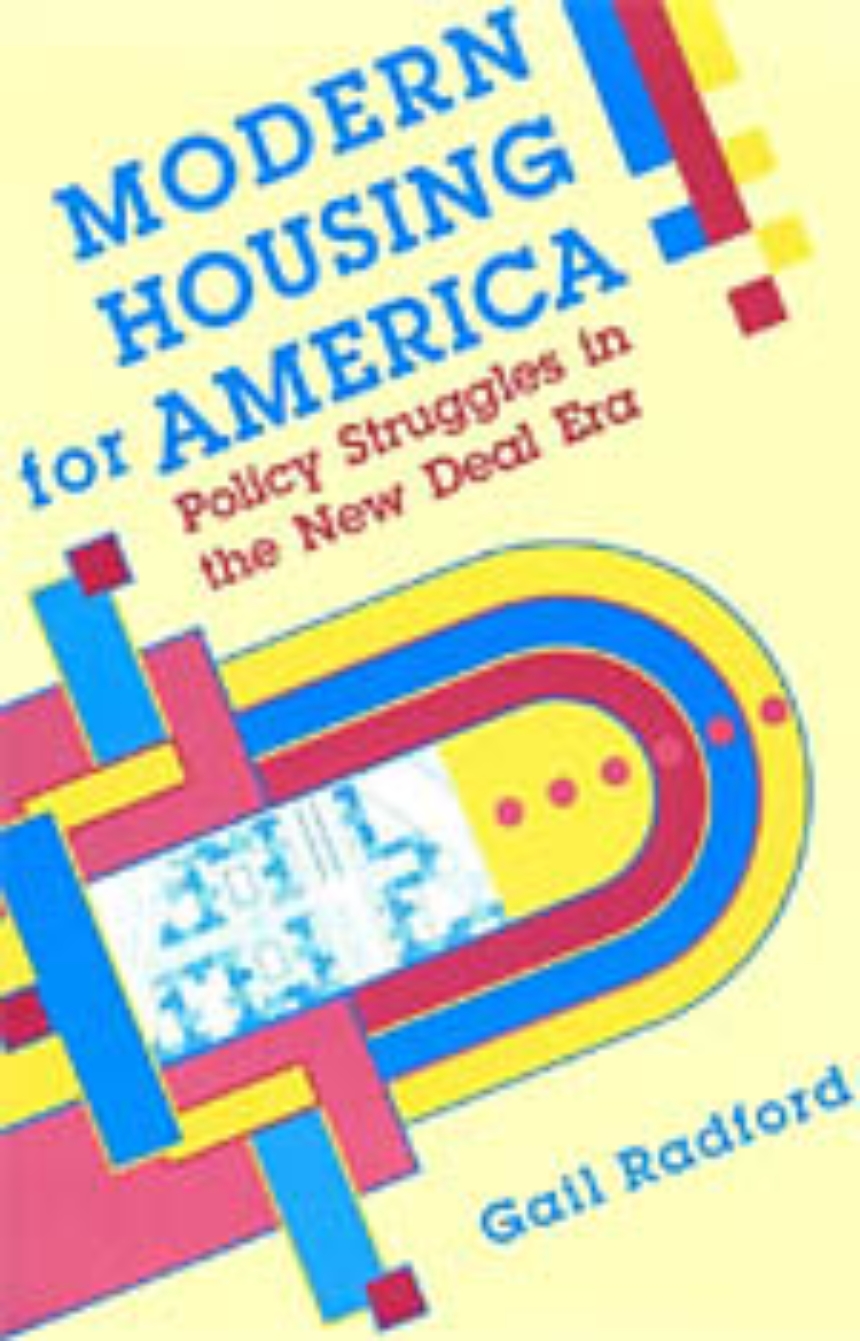Modern Housing for America
Policy Struggles in the New Deal Era
9780226702230
9780226702223
9780226702216
Modern Housing for America
Policy Struggles in the New Deal Era
In an era when many decry the failures of federal housing programs, this book introduces us to appealing but largely forgotten alternatives that existed when federal policies were first defined in the New Deal. Led by Catherine Bauer, supporters of the modern housing initiative argued that government should emphasize non-commercial development of imaginatively designed compact neighborhoods with extensive parks and social services. The book explores the question of how Americans might have responded to this option through case studies of experimental developments in Philadelphia and New York. While defeated during the 1930s, modern housing ideas suggest a variety of design and financial strategies that could contribute to solving the housing problems of our own time.
284 pages | 24 halftones | 6 x 9 | © 1996
Historical Studies of Urban America
History: American History, Urban History
Political Science: American Government and Politics
Table of Contents
Acknowledgments
Introduction
1: American Housing before the Depression
2: The Politics of Housing in the 1920s
3: Catherine Bauer and the Plan for "Modern Housing"
4: The PWA Housing Division
5: The Hosiery Workers’ Model Development
6: The Harlem River Houses
7: The Struggle to Shape Permanent Policy
Conclusion
Notes
Index
Introduction
1: American Housing before the Depression
2: The Politics of Housing in the 1920s
3: Catherine Bauer and the Plan for "Modern Housing"
4: The PWA Housing Division
5: The Hosiery Workers’ Model Development
6: The Harlem River Houses
7: The Struggle to Shape Permanent Policy
Conclusion
Notes
Index
